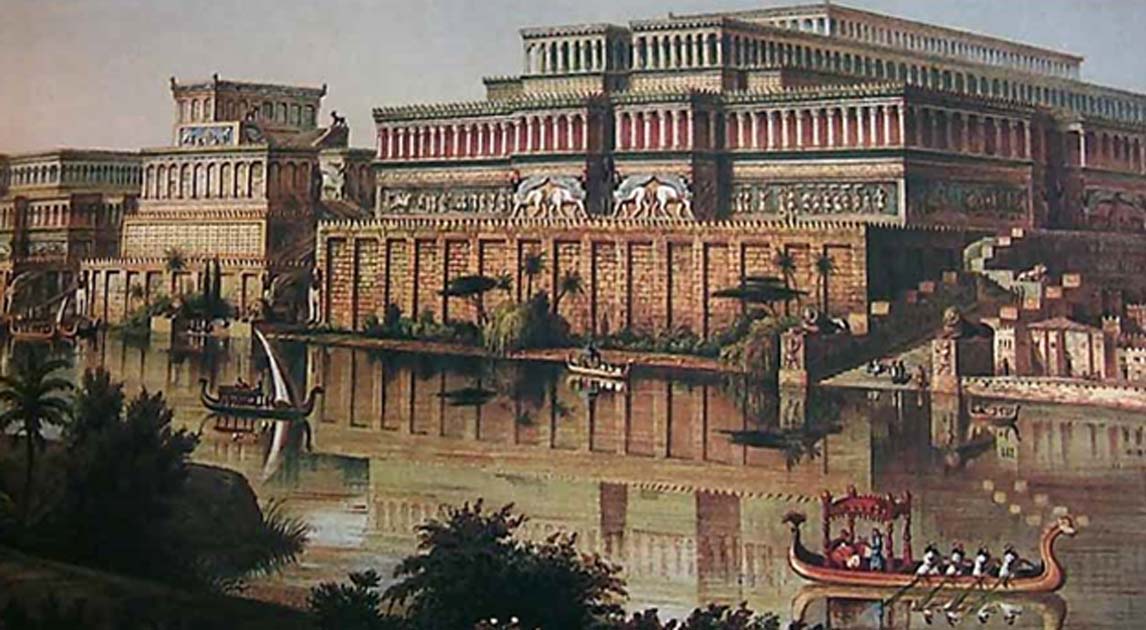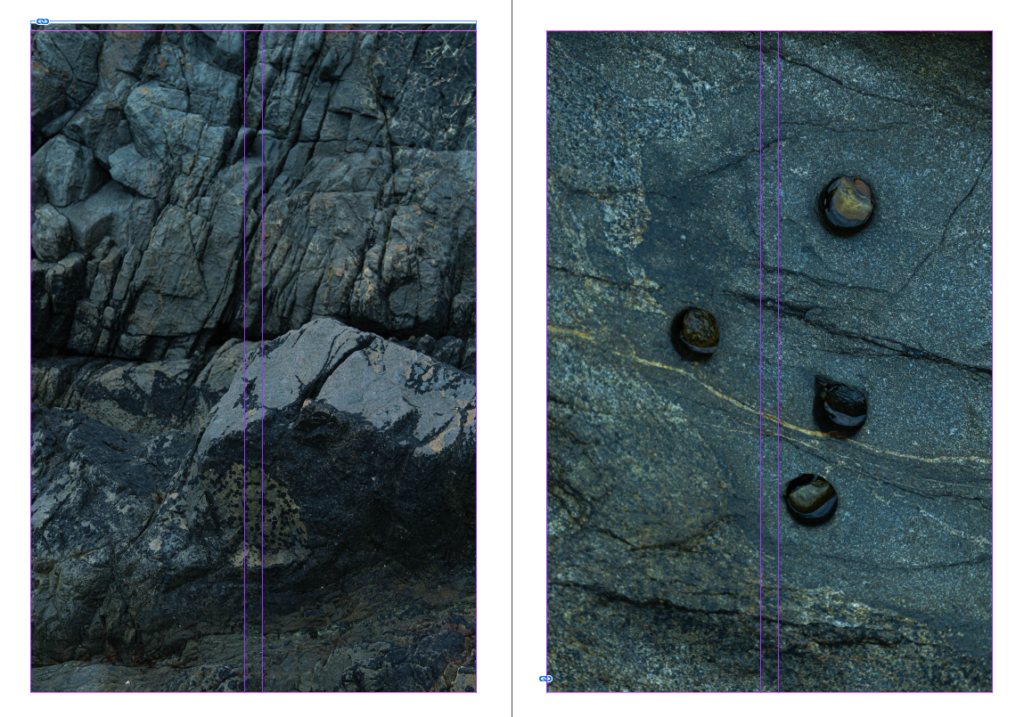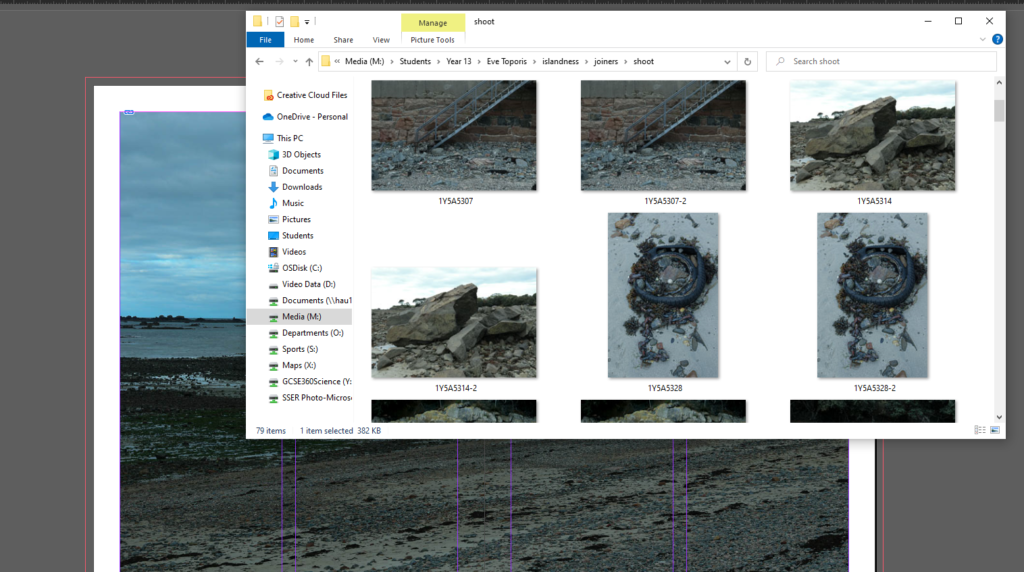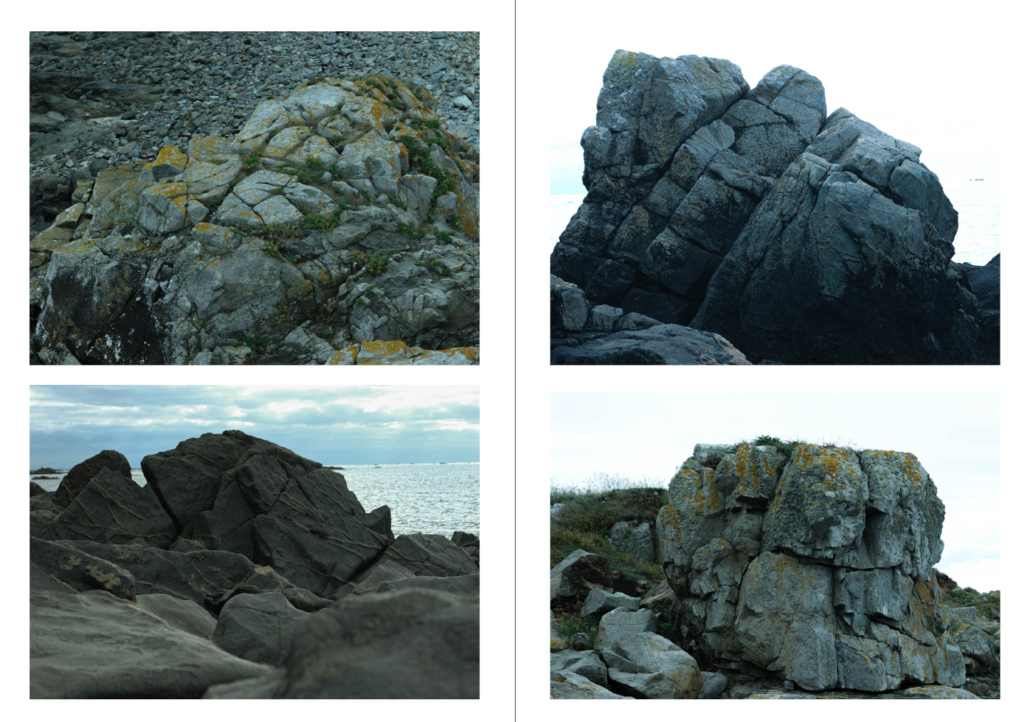How are archives a repository of knowledge?
In present time, physical archives aren’t as popular as previous years due to the creation of technology such as phones and computers. These phones make taking photographs very easy and accessible for all users. Due to this, photos have become less special and significant to modern day rather than 100 years ago when photographs were seen as treasure and important. The Société Jersiaise was founded in 1873 for the study of Jersey archaeology, history, natural history and the ancient language of Jèrriais. They have special events and the Lord Coutanche Library supports the work of the Société Jersiaise by collecting and preserving material relating to Jersey’s history. Their photo archive contains over 120,000 images ranging from the 1840s to recent day. In recent years, the Societe group has led out an excavation of human and mammoth remains at La Cotte De St Brelade which has helped the population understand and learn about the heritage of Jersey and the geographical history. As stated on their website, the Societe main objective to produce and facilitate research on the Island’s history, culture, language and environment; and to share that knowledge with the widest possible audience for the benefit of our island community. This benefits the islands heritage as it holds old documents of a nearly extinct language of Jerrias, meaning this history will not be forgotten. The Societe offer memberships to the community from £12 (if your a student) to £100 a year. By applying for the membership you get permission of access to all heritage sites, regular newsletters, and a 10% discount on books. A large and engaged membership has been crucial to the considerable successes of the Société Jersiaise over many years. Membership is open to all and by joining, it means you would be supporting many activities with your subscription. The archive holds images and documents from historic photographers. Early photographers such as William Collie, Charles Hugo, Thomas Sutton and Henry Mullins. Included as well are later nineteenth century photographers such as Clarence Ouless, Ernest Baudoux and Albert Smith. To follow in the 20th century the archive holds very value images from a rich point in history in Jersey. This being WWII; specifically, images from the German occupation and the liberation of the island.

The history of archives dates back to nearly the 7th century BC with the first one named the Library of Ashurbanipal. The Royal Library of Ashurbanipal, named after Ashurbanipal, the last great king of the Assyrian Empire, is a collection of more than 30,000 clay tablets and fragments containing texts of all kinds from the 7th century BC, including texts in various languages. The archive contains a poem from ancient Mesopotamia named The Epic of Gilgamesh. It is regarded as the earliest surviving notable literature and the second oldest religious text, after the Pyramid Texts.
Henry Mullins

Henry Mullins is one of the most influential establishers of f La Société Jersiaise who started working in London from 1840 and later moved to Jersey is 1848, where he set up a studio as the Royal Saloon. He worked at his studio for 26 years where he learnt his speciality which was cartes de visite and the photographic archive of La Société contains a massive collection of these. Their online archive contains 9600 images, but the majority of them are sets from up to 16 photographs at a time. After setting up his studio in the royal square he created an advert in 1852 to attract customers to have portraits taken.

By looking and analysing Mullins work you get a good understanding and idea of the different types of people throughout that time period. Mullins’ photographed many different kinds of people from soldiers to carpenters, maids, children and even people with extreme power. He also photographed Charles Bertram who was a magician from 1853-1907 and was known as ‘The Royal Conjurer’ because of his performances for the royalty. After his death his collection of over 20,000 negatives was acquired in 1883 by Clarence Philip Ouless and formed part of his collection which was given to La Société in 2006.
Conclusion
Overall, archives record and represent events that have happened throughout the history of the world, educating newer generations of how life was lived and the importance of their ancestors. By learning about archives will help inspire me to complete my archive as it teaches about the past without using words but rather through images. After learning about archives it means I have the knowledge of why they were used, how they were created, and aspects from them that can be imported into my zine project.





